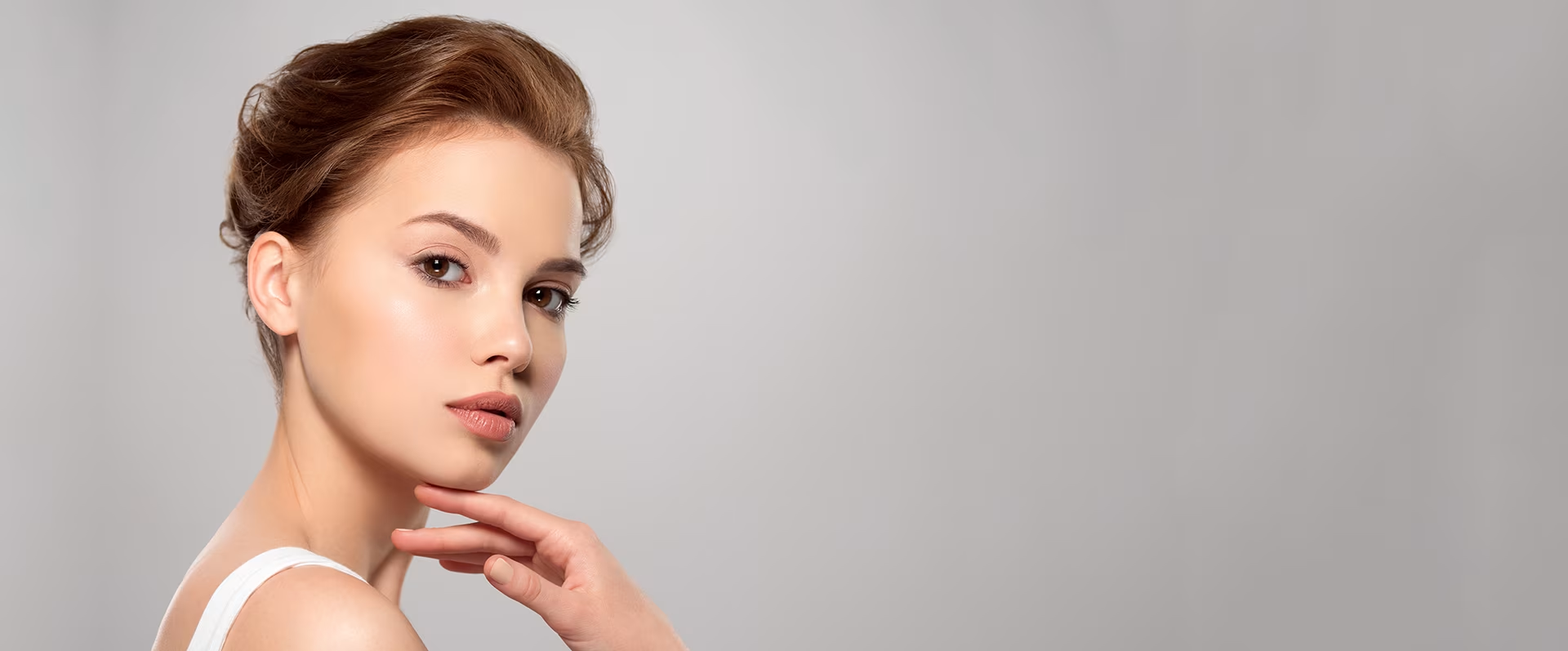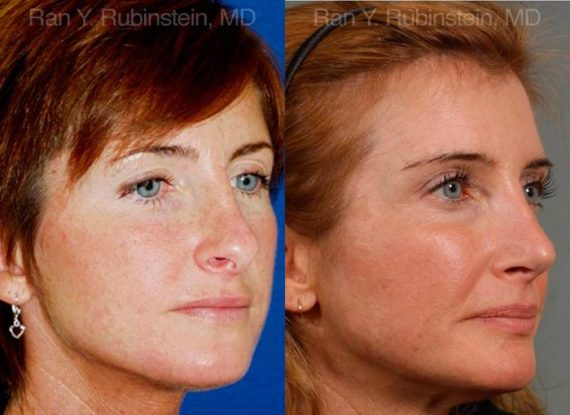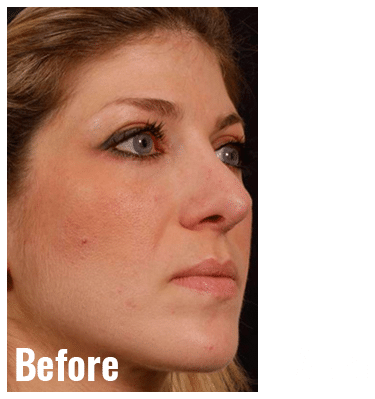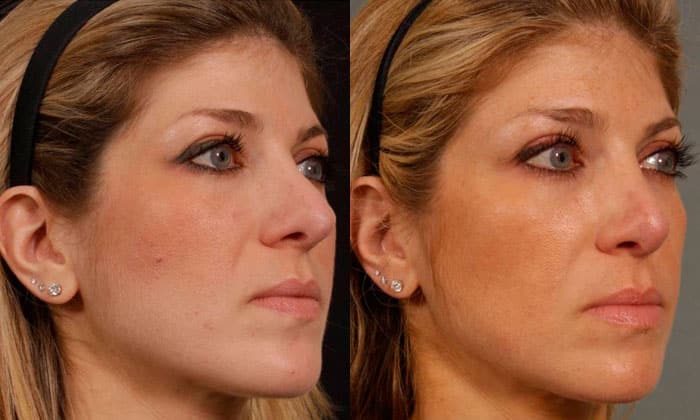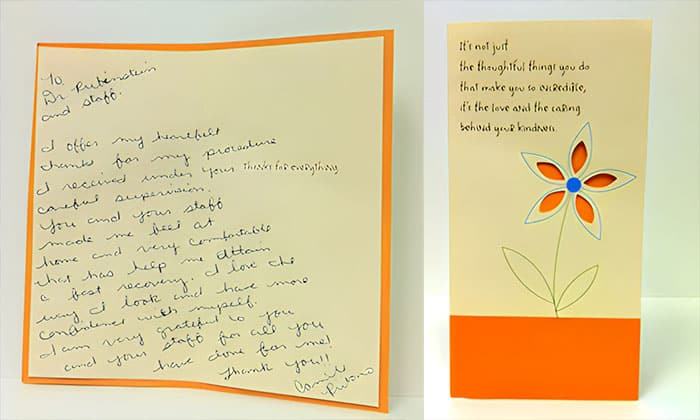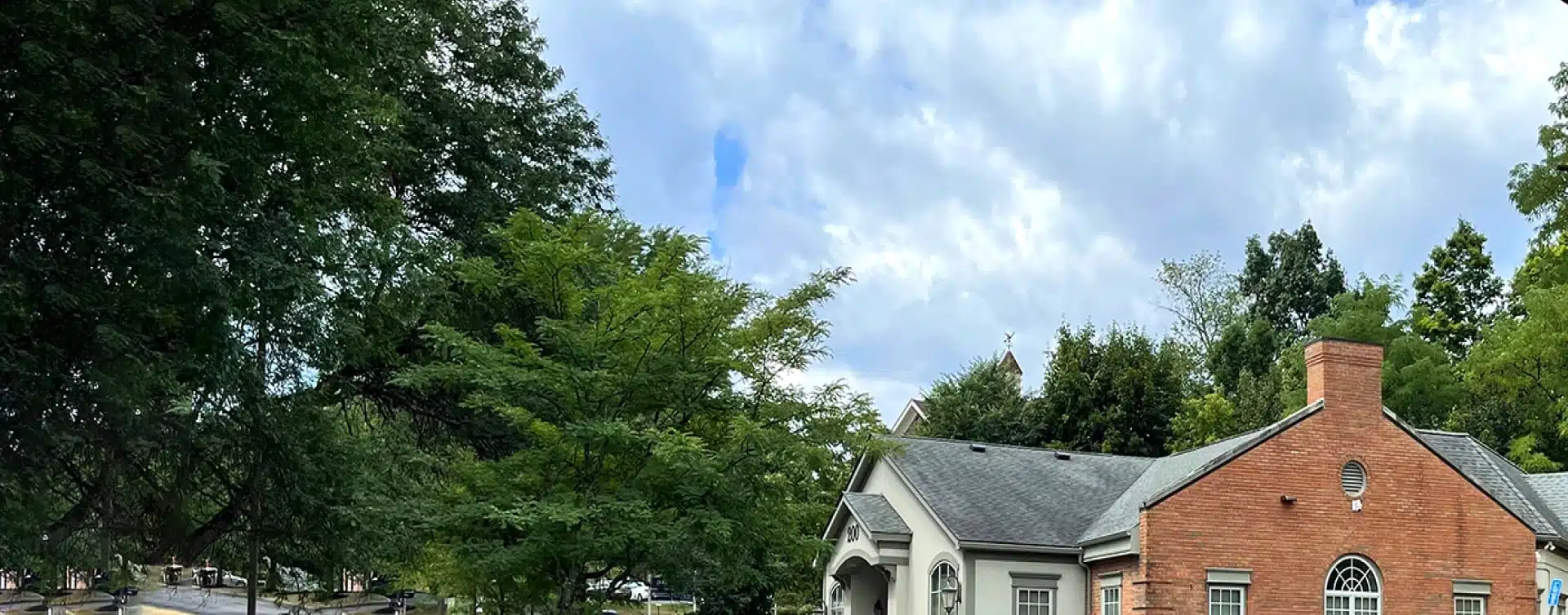Revision Rhinoplasty
Revision Rhinoplasty differs from traditional rhinoplasty surgery in that the nose has been previously operated on. Tissues may have been added to or removed, and the healing may have created an unexpected end result. When performing this subsequent surgery, Dr. Rubenstein must take these factors into account.
A revision rhinoplasty is performed not only to correct the errors of a previous rhinoplasty surgery, but also with the aim of creating the results the patient originally requested. Most common complaints include the following:
- A deviated septum from collapse, which can result in outward asymmetry
- A tip that requires further correction
- A droopy tip that is not properly supported
- A pinched tip, where tissues were over-aggressively removed

Candidates for Revision Rhinoplasty
Patients who have previously undergone a rhinoplasty surgery that resulted in a less-than-pleasing nasal shape or function may choose to consult Dr. Rubinstein’s expertise in this surgical subfield. Patients should be forthcoming with their intended aesthetic outcomes to be sure the results are attainable. A thorough examination of the nose’s internal and external structures will be completed to learn more about the potential to revise previous work. It is also important to note that patients of this surgery must be fit for an operation, and understand what limitations they may face.
TO SEE MORE BEFORE & AFTER PICTURES VISIT OUR GALLERY OF PATIENT RESULTS
Dr. Rubinstein is double board certified by the American Board of Facial Plastic Surgery and the American Board of Otolaryngology-Head and Neck Surgery. It is through extensive knowledge of the facial structure that he performs reconstructive surgeries. Though the most requested corrections are listed above, the doctor is capable of many rebuilding and removal techniques to create the greatest patient satisfaction possible.
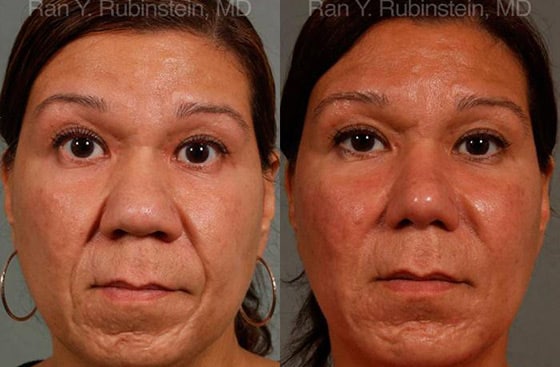
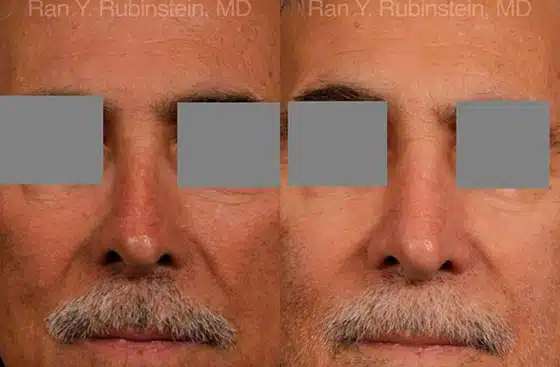
* All patients are unique and individual results may vary.
Revision Rhinoplasty Treatment
A revision rhinoplasty can take 2.5 to 3 hours to complete, or possibly longer. Each individual case will vary, though the careful planning and execution of techniques will often limit the time a patient spends in surgery. Because some issues in the construction of the nose may not be readily apparent until the surgery, improvisation of techniques or an extended procedure time may be necessary.
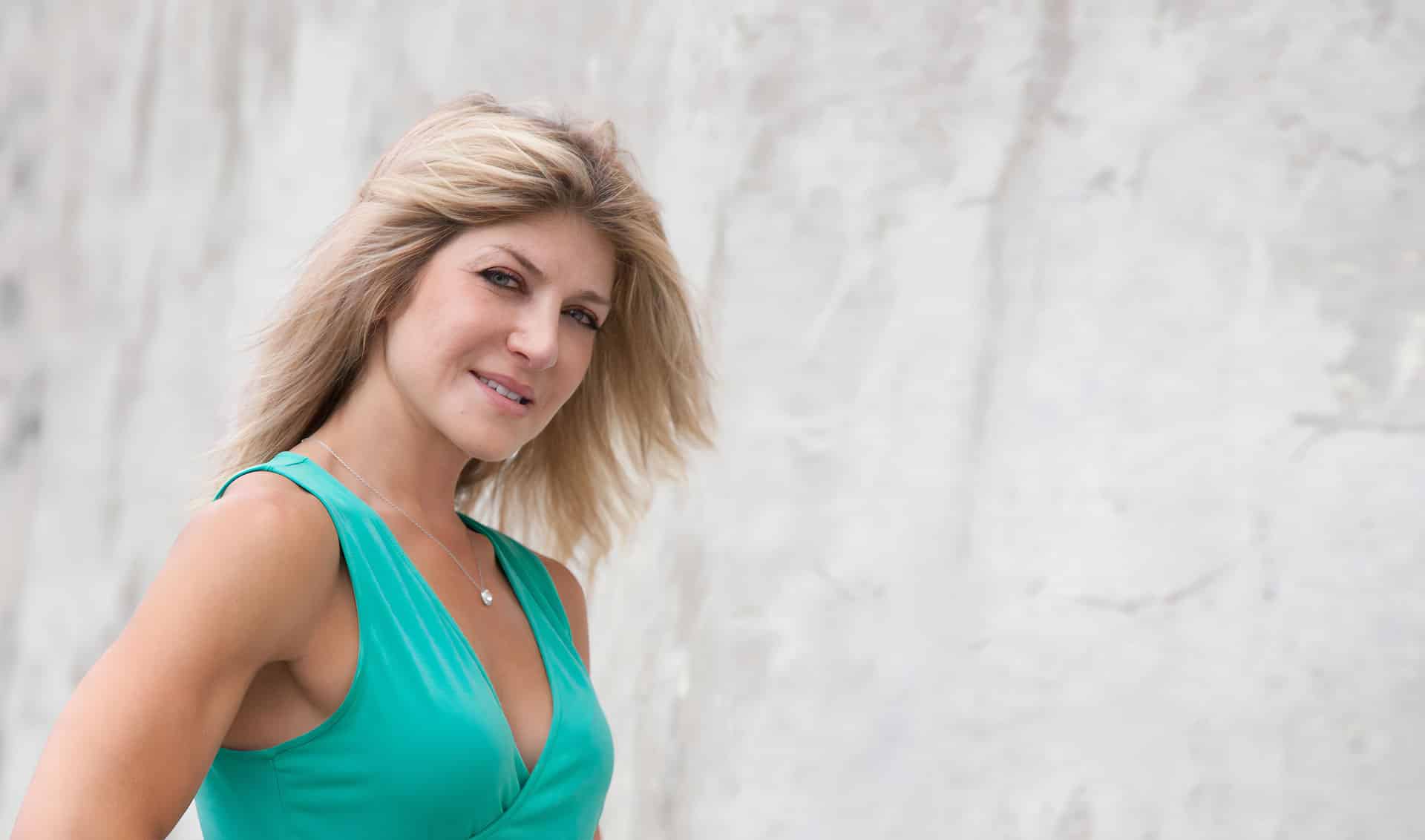
Meet Camille
REVISION RHINOPLASTY: RECOVERY AND RESULT
One week following surgery, the patient should have healed sufficiently enough to return to work. In typical rhinoplasty surgeries, exercise can be resumed in two weeks’ time, though a revision rhinoplasty patient should not work out for one month following the surgery. The risks are that the nose could be bumped or hit, resulting in permanent damage or the necessity for further work. The nose will continue to heal and refine for over a year following a revision rhinoplasty in New York.
Camille’s New Chapter: Refined and Rejuvenated
Discover how Dr. Rubinstein’s precision can bring profound changes to your life.
Schedule Your Revision Rhinoplasty Consultation Today
To learn more about rhinoplasty and revision rhinoplasty surgeries, contact Laser & Cosmetic Surgery Specialists. Dr. Rubinstein is one of the top facial plastic surgeons in New York and is double board certified by the American Board of Facial Plastic Surgery and the American Board of Otolaryngology-Head and Neck Surgery. He is also an active member of the American Society for Laser Medicine & Surgery.
Dr. Rubinstein brings to his practice a diverse background and expertise in lasers and cosmetic and reconstructive surgery of the eyes, face, neck. Furthermore, he has been an assistant professor at the very prestigious Columbia – New York Presbyterian Hospital for over 15 years where he has participated in training future surgeons. Dr. Rubinstein has been recognized by his peers as one of the leading trainers for esthetic laser & injectable procedures. He is one of the most sought-after physician trainers in the northeast. To schedule a consultation call 845-863-1772 or email info@YourFaceMD.com.
